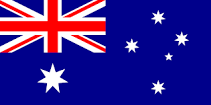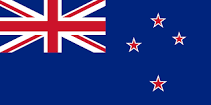Kata Shisochin is introduced to GKR students at Nidan (2nd dan)
Shisochin is unique for its predominant practice of kaishu waza (open hand techniques). Even the opening Sanchin sequence that is practised in many Goju styled kata is performed kaishugata (open handed kata). Shisochin is not the most difficult kata in our curriculum to learn or even perform, however it is excellent for developing power from small movements.
The Chinese influence is very apparent in this kata as the hands are kept open (unusual for karate, considering most karate styles use a fist for their emblem). Most open-hand strikes in karate kata come by way of a knife hand (shuto uchi). Shisochin however utilises the spear hand (yon-hon-nukite) and palm strikes (teisho uchi). It also endorses the use of moving in through the distance and getting to the outside line of an opponent and attacking with the forearms and elbows. The focus when doing this however is not so much to counter strikes with strikes, but to seize an opponent and render a joint lock or break. The focus of power in this kata is derived through side-ways action and a short decisive hip rotation. It also contains numerous close grabbing techniques and close quarter strikes.
The kata was introduced to Okinawa by Kanryo Higaonna, and it became the favourite kata of one of his top students, Chojun Miyagi (who said it suited his body). Shisochin translates as ‘Shi’ meaning four, ‘So’ meaning directions and ‘Chin’ meaning battle. As a whole it translates as ‘To Battle in Four Directions’.



